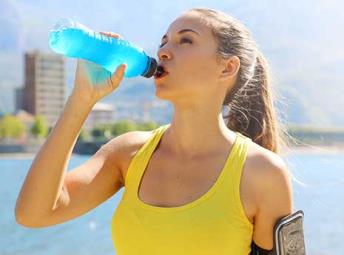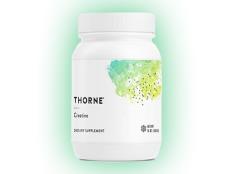
You've seen it before, the overzealous athlete chugging a gallon of water race morning. As summer and warmer temperatures approach, it's tempting to do this before, during and after events.
Overhydration can be just as dangerous as dehydration. Taking in too much fluid can lead to hyponatremia, which is when blood sodium levels become diluted. As a result, your body's water levels rise and cells begin to swell.
Dehydration is unsafe as well. This occurs when you lose more fluids than you take in and vigorous exercise, especially in hot or humid weather, expedites this fluid loss through sweat.
Prevent dehydration and overhydration by learning to take in just the right amount for your body. Here are some tips on how to hydrate properly.
Recognize Dehydration
This condition can be mild to moderate or severe.- Mild to moderate symptoms include a dry mouth, tiredness, thirst, decreased urine output, dry skin, headache, constipation and dizziness.
- Severe dehydration symptoms include little to no urination, extreme thirst, sunken eyes, shriveled/dry skin, low blood pressure, rapid heartbeat, rapid breathing, fever and delirium.
More: The Diet Detective: Hydration Basics
Fill Up On Electrolytes
Electrolytes maintain water balance, help your muscles contract and relax, and assist in nerve impulse transmissions. Keep your body in event-mode by supplementing with electrolytes during and after summer endurance events. Try dill pickles, tomato juice, coconut water, bananas and spinach.Track Urine Color
If you're hydrated, your urine should be a pale yellow color like lemonade—not clear and not apple juice colored. This is the simplest assessment to use for a quick hydration update.
More: Why Sodium-Potassium Balance Is Critical for Better Hydration
- 1
- of
- 2
About the Author








Discuss This Article